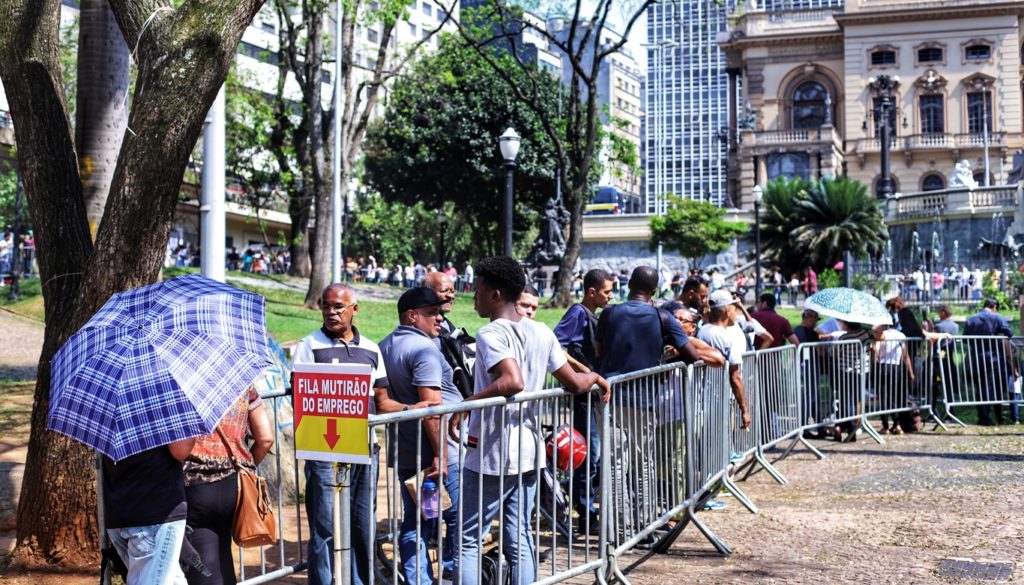RIO DE JANEIRO, BRAZIL – The unemployment rate in Brazil would have reached 19.4% in the first quarter 2021 had the labor force resumed the growth rate recorded in the pre-pandemic period, estimated the Institute of Applied Economic Research (Ipea).

However, the health crisis continues to generate a high number of inactive people, that is, people who neither have a job nor are looking for a position and are therefore out of the labor force.
In the first quarter, Brazil’s official unemployment rate stood at 14.7%, according to data from the Continuous Pnad, calculated by IBGE. A year earlier, the unemployment rate had stood at 12.2%.
In the one-year period of the pandemic, 6.573 million jobs were lost, but the unemployed population increased by 1.956 million people. Unemployment has not increased more because another 9.202 million Brazilians chose to remain inactive, that is, they neither worked nor looked for a job.
“For the coming months, this recomposition movement of the labor force is expected to intensify, considering that the progress of vaccination, coupled with a stronger resumption of economic activity and the implementation of a less comprehensive and lower value emergency aid will contribute to a portion of the population that had migrated to inactivity to return to the labor market. Therefore, despite an increase in employment, this should not be strong enough to reduce the unemployment rate,” say Ipea researchers Maria Andréia Parente Lameiras, Carlos Henrique Corseuil and Lauro Ramos, in the Economic Outlook Report released on Monday, June 28.
The specialists expect that the return to the labor market of part of these inactive people will prevent a greater drop in the unemployment rate, despite the expected improvement in job creation as a result of economic activity recovery.
“It should also be noted that, in addition to the recomposition of the labor force, the high level of under-employed people may also act as a limiting factor in the drop in unemployment, considering that before opening a new job, it is possible that the work day of currently employed people may be extended,” pointed out the Ipea article.
In the first quarter this year, there were 7.032 million under-occupied workers due to insufficient hours worked. If all underutilized Brazilians are considered, there was a job shortage for an unprecedented 33.202 million people in the country. The figure includes people who are looking for work, those who work fewer hours than they would like and could, in addition to those who are available to work although they are not looking for a job, such as the discouraged.

